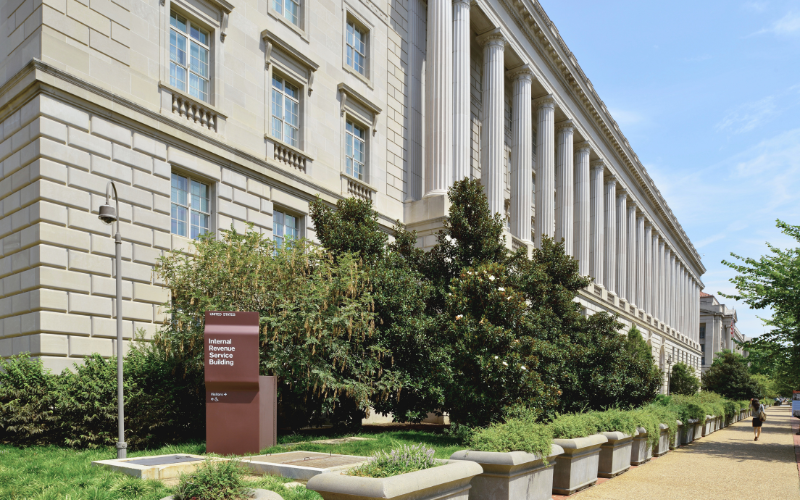Best Practice: Dual Approvals for Your Accounts Payable Process

As any financial leader knows, security is crucial at every point of the Accounts Payable cycle. From getting invoices into the ERP system to generating and sending payments, you must ensure that the proper controls are in place for separation of duties and the oversight needed for fraud prevention.
When working with customers to automate their AP process, we’re often asked the question: ‘Why do I need an approval process for invoices AND payments?’
The short answer is — you may not. But for most organizations, there are distinct reasons and benefits to enforcing approvals at both ends of the AP cycle. In this blog, we’ll look at the purpose for each, and why it’s considered best practice to keep these as separate jobs for different people.
Secure Invoice Management
Many companies don’t allow an invoice to touch their ERP until it’s gone through an approval workflow. For some, this may be done manually, or perhaps you’ve digitized invoices and automated your workflows with Document Management software.
Regardless of how your team accomplishes it, an invoice approval process is essential for the following reasons:
PO to Invoice Matching
Invoice approvals allow the organization to ensure that what was purchased was received, and in the quantity ordered. This can be done by matching the invoice with a previously generated Purchase Order (PO), and sometimes an order receipt (known as a three-way match). This protects your organization by preventing invoices from being paid before an order has been confirmed as successfully ordered or received.
Vendor Management
Vendors must be set up properly to be paid by your organization. AP must ensure suppliers are not on the Office of Foreign Assets Control (OFAC) do-not-do-business-with list, or your business could be penalized. AP staff can also check for duplicate vendors or other inaccuracies, increasing the likelihood that your vendors will receive exactly what is due, when it is due.
Fraud Prevention
Once these steps are taken, one or more authorized people need to review and verify that the data is correct. Approvers are often designated according to the department where the expense was incurred or based on who issued the PO.
Why Do I Need a Payment Approval Process?
Like invoice management, payment approval workflows can be done with a lot of paper-shuffling and manual work, or be automated through software that integrates with your ERP system.
Why is a payment approval process needed if the only way an invoice could get into the ERP system is through an existing approval process? If a purchase was already approved and verified — why more approvals?
Cash Management
Smaller companies, or those functioning under temporary constraints, may need to be extra vigilant about cash flow. You may want to verify that sufficient funds are available, even if the order went through a PO process and the funds were authorized at purchase time. Approvers are often controllers, executives, or others who have eyes on the whole financial picture.
Review Payment Terms and Discounts
A payment review process gives you the chance to review and confirm payment terms and potential discounts. It allows AP to maximize payment strategy.
Final Defense Against Fraud or Embezzlement
Approvers must verify that the payments being sent match the invoice data. Mistakes can happen — and so can attempts to subvert funds to fraudulent vendors. Keeping invoice and payment approvals separate, each with different authorizers, ensures segregation of duties.
As we advise our customers, invoice approval and payment approval provide distinct layers of oversight that complement and reinforce proper controls. More eyes on your end-to-end AP flow can catch and correct a variety of errors and opportunities.
To sum it up, better safe than sorry!



